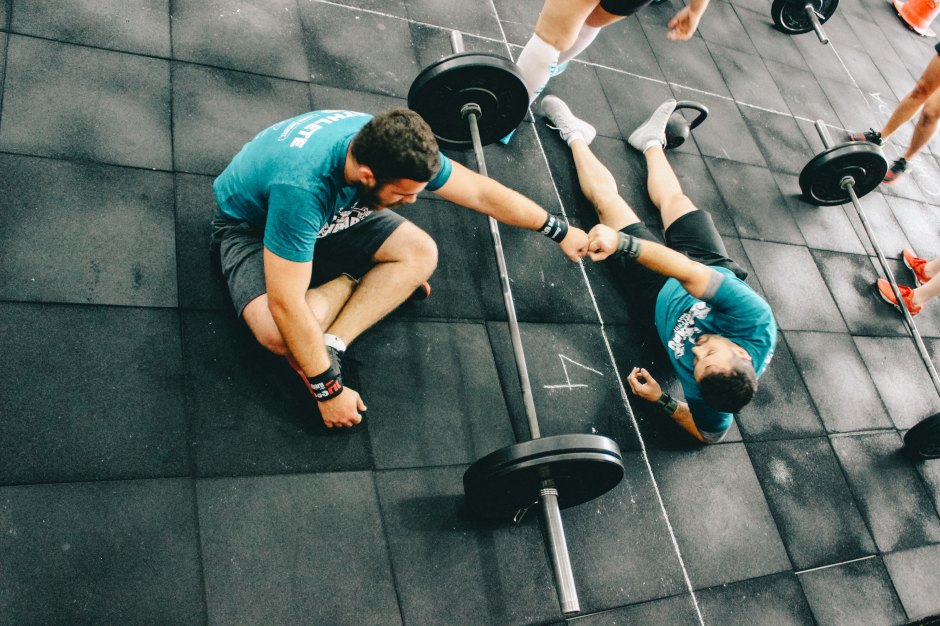Men as Well as Women Need to Pay Attention to Bone Health
Osteoporosis causes the skeleton to weaken and become brittle, making it easy to fracture or break. Too often, osteoporosis is a disease that is attributed only to women because men tend to have larger skeletons with bone loss starting later in life and progressing more slowly. Nevertheless, in just the United States, millions of men suffer from osteoporosis.1
Because osteoporosis often goes undiagnosed, it is especially important to prevent it. Known as a “silent disease,” osteoporosis may not exhibit any symptoms until a fracture actually occurs. Men in their fifties do not experience the rapid loss of bone mass that women do in the years following menopause; however, by age 65 or 70, men and women lose bone mass at the same rate as well as the decrease in ability to absorb calcium.2
There are two main types of osteoporosis: primary and secondary. The primary type is caused by age-related bone loss. The secondary type is caused by bone loss related to unhealthy lifestyle habits, such as smoking and excessive drinking of alcohol, lack of exercise and a diet low in calcium. Although men of any race can develop osteoporosis, Caucasians seem most at risk as well as men who have chronic diseases that affect the kidneys, lungs, stomach and intestines.3
Since osteoporosis is often asymptomatic, both men and women need to be self-aware and see their physicians if they notice a change in posture, height or the onset of back pain. These are all signs of possible osteoporosis and a bone mineral density test can confirm whether the disease is present or in the precursor stages.
If a diagnosis of osteoporosis is made, the treatment plan may include calcium and/or vitamin D supplements, exercise and a change in diet. There are also medications that may be prescribed, but this is a source of much continuing controversy as there are risks of negative side effects, even though the drugs are approved by the U.S. Food and Drug Administration.4
There have been fewer research studies on osteoporosis in men than in women; however, the consensus is that both genders should take steps to preserve bone health. Here are some preventative measures:
- Ensure a daily calcium intake that is adequate for your age. For example, recommended calcium intake for those 9-18 years old is 1,300 mg daily but it decreases to 1,000 mg for men 19-70 years old and women up to 50 years old. At 51 years for women and 70 years for men, the recommended calcium intake increases to 1,200 mg.5
- Ensure an adequate intake of vitamin D. 600 IU daily is recommended, while men over age 70 should increase intake to 800 IU daily.6
- Participate regularly in weight-bearing exercises in which bones and muscles work against gravity. An Active Wellness regimen is easy to start simply with walking, jogging and climbing stairs.
- Incorporate resistance exercises into your daily routine. Start with lifting small weights and work up to heavier ones. Or use the resistance machines at a gym.
- Some medications are known to cause bone loss, for example, those known as glucocorticoids.7 If you take them or other medications, check with your doctor for known side effects that affect bone loss.
Check out the Nikken Bone Health Pack. Composed of Kenzen® Calcium Complex and Kenzen BDZ™, these partner products deliver maximum support for the body’s skeletal system. Bone buddies are your best friends for life.




